The Future of Workspace Design: Exploring Modern Office Furniture Trends and Innovations for Enhanced Ergonomics, Flexibility, and Productivity
The modern workspace is continuously evolving to meet the changing needs of employees and businesses alike. The rise of remote work, increased focus on employee well-being, and the rapid advancement of technology have all played a role in shaping the future of workspace design. Today, office furniture trends and innovations are increasingly focused on promoting ergonomics, flexibility, and productivity to create workspaces that not only look great but also enhance the overall work experience. In this comprehensive blog post, we will delve into the latest trends and innovations in modern office furniture and discuss how they are shaping the future of workspace design.
- Ergonomic Office Furniture
As more and more companies recognize the importance of employee health and well-being, there has been a growing emphasis on ergonomic office furniture designed to minimize the risk of work-related injuries and promote comfort throughout the workday. Some of the latest trends and innovations in ergonomic office furniture include:

a. Adjustable Standing Desks: Standing desks have become increasingly popular in recent years, as they allow employees to switch between sitting and standing positions throughout the day. This can help to reduce the risk of health issues associated with prolonged sitting, such as back pain, poor circulation, and obesity.
b. Ergonomic Office Chairs: Ergonomic office chairs are designed to provide optimal support for the user's back, neck, and shoulders, ensuring proper posture and minimizing the risk of musculoskeletal disorders. Key features of ergonomic office chairs include adjustable seat height, backrest, and armrests, as well as lumbar support and breathable materials for added comfort.
c. Keyboard and Mouse Ergonomics: Ergonomic keyboards and mice are designed to reduce the strain on the user's wrists and fingers, helping to prevent repetitive strain injuries such as carpal tunnel syndrome. These devices often feature ergonomic designs that encourage a more natural hand position and can be customized to suit the user's individual needs and preferences.

- Flexible Workspace Solutions
The future of workspace design is all about flexibility, as companies increasingly embrace agile working practices and seek to create adaptable spaces that can accommodate a variety of work styles and tasks. Some of the latest trends and innovations in flexible workspace solutions include:
a. Modular Office Furniture: Modular office furniture is designed to be easily reconfigured and adapted to suit the changing needs of the workspace. This can include modular desks, storage units, and seating options that can be rearranged or combined to create different layouts and workstations, offering maximum flexibility and adaptability.
b. Mobile Furniture: Mobile office furniture, such as desks and storage units on wheels, allows employees to easily move and reconfigure their workspace as needed. This can be particularly useful in open-plan offices, where employees may need to switch between individual and collaborative work tasks throughout the day.
c. Multi-functional Furniture: Multi-functional office furniture is designed to serve multiple purposes, helping to maximize space and improve efficiency in the modern workspace. Examples of multi-functional furniture include desks with built-in storage, fold-away tables, and seating options that can be easily converted into additional workspace or storage.
- Technology-Integrated Office Furniture
As technology continues to play an increasingly important role in our daily lives, office furniture is also evolving to incorporate the latest tech innovations and meet the needs of the modern workforce. Some of the latest trends and innovations in technology-integrated office furniture include:
a. Wireless Charging Solutions: Wireless charging solutions are being increasingly incorporated into office furniture, allowing employees to easily charge their smartphones and other devices without the need for messy cords and cables. This can be achieved through the use of wireless charging pads or integrated charging stations built directly into desks, tables, or seating options.
b. Smart Desks: Smart desks are designed to incorporate advanced technology features, such as built-in touchscreens, adjustable height controls, and connectivity options for seamless integration with other devices. These desks not only improve employee productivity but also help to create a more streamlined and clutter-free workspace.
c. Acoustic Furniture: As noise pollution becomes an increasing concern in open-plan offices, acoustic furniture is emerging as a popular solution to reduce noise levels and create a more comfortable work environment. Acoustic furniture includes sound-absorbing panels, partitions, and seating options that can help to minimize background noise and improve overall workplace acoustics.

- Collaborative Workspace Furniture
Collaborative workspaces are an essential part of modern office design, as they encourage teamwork, creativity, and innovation. The latest trends and innovations in collaborative workspace furniture are designed to create inviting and functional spaces that facilitate group work and communication. Some of these trends include:
a. Huddle Spaces: Huddle spaces are small, informal meeting areas equipped with comfortable seating, writing surfaces, and technology for impromptu brainstorming sessions or team meetings. These spaces are designed to promote collaboration and creativity by providing a relaxed and flexible environment for group work.
b. Media Furniture: Media furniture is designed to support the use of technology in collaborative workspaces, such as conference rooms or huddle spaces. This can include media walls with integrated screens and connectivity options, as well as mobile TV stands and technology carts that can be easily moved and reconfigured as needed.
c. Breakout Furniture: Breakout furniture is designed to create informal meeting spaces within the office, where employees can gather for casual conversations or impromptu discussions. This can include lounge seating, café tables, and modular seating options that can be easily reconfigured to accommodate different group sizes and activities.

- Sustainable Office Furniture
As environmental awareness continues to grow, more and more companies are seeking sustainable office furniture solutions that minimize their environmental impact and promote a greener workplace. The latest trends and innovations in sustainable office furniture include:
a. Eco-friendly Materials: Sustainable office furniture is often made from eco-friendly materials, such as FSC-certified wood, recycled metal, or rapidly renewable resources like bamboo. These materials not only reduce the environmental impact of furniture production but also contribute to a healthier indoor air quality by reducing the release of harmful chemicals and VOCs.
b. Energy-efficient Lighting: Energy-efficient lighting solutions, such as LED or solar-powered fixtures, are increasingly being incorporated into office furniture design to help reduce energy consumption and lower electricity costs.
c. Recyclable and Modular Design: Sustainable office furniture often features recyclable components and modular designs that can be easily disassembled and recycled or repurposed at the end of their lifespan, reducing waste and promoting a circular economy.
The future of workspace design is shaped by the latest trends and innovations in modern office furniture, with a strong focus on ergonomics, flexibility, and productivity. By embracing these trends and incorporating cutting-edge furniture solutions into our workspaces, we can create more comfortable, efficient, and sustainable environments that not only support the well-being of employees but also drive business success. As we continue to navigate the ever-changing world of work, it's essential to stay informed about the latest developments in office furniture design and adapt our workspaces to meet the evolving needs of the modern workforce.






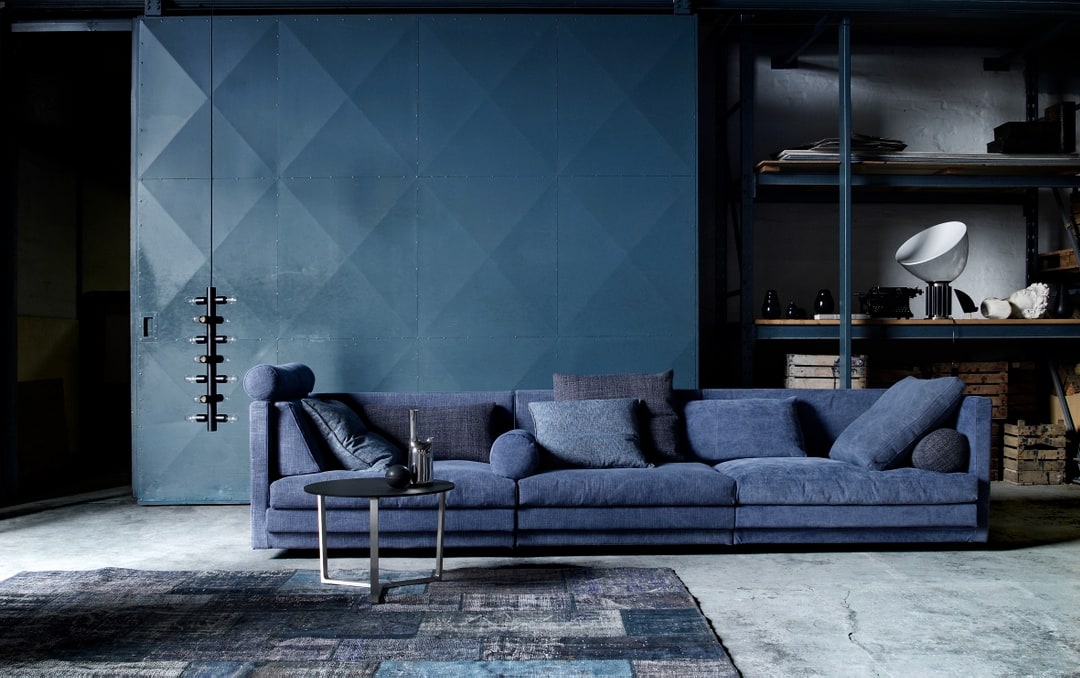

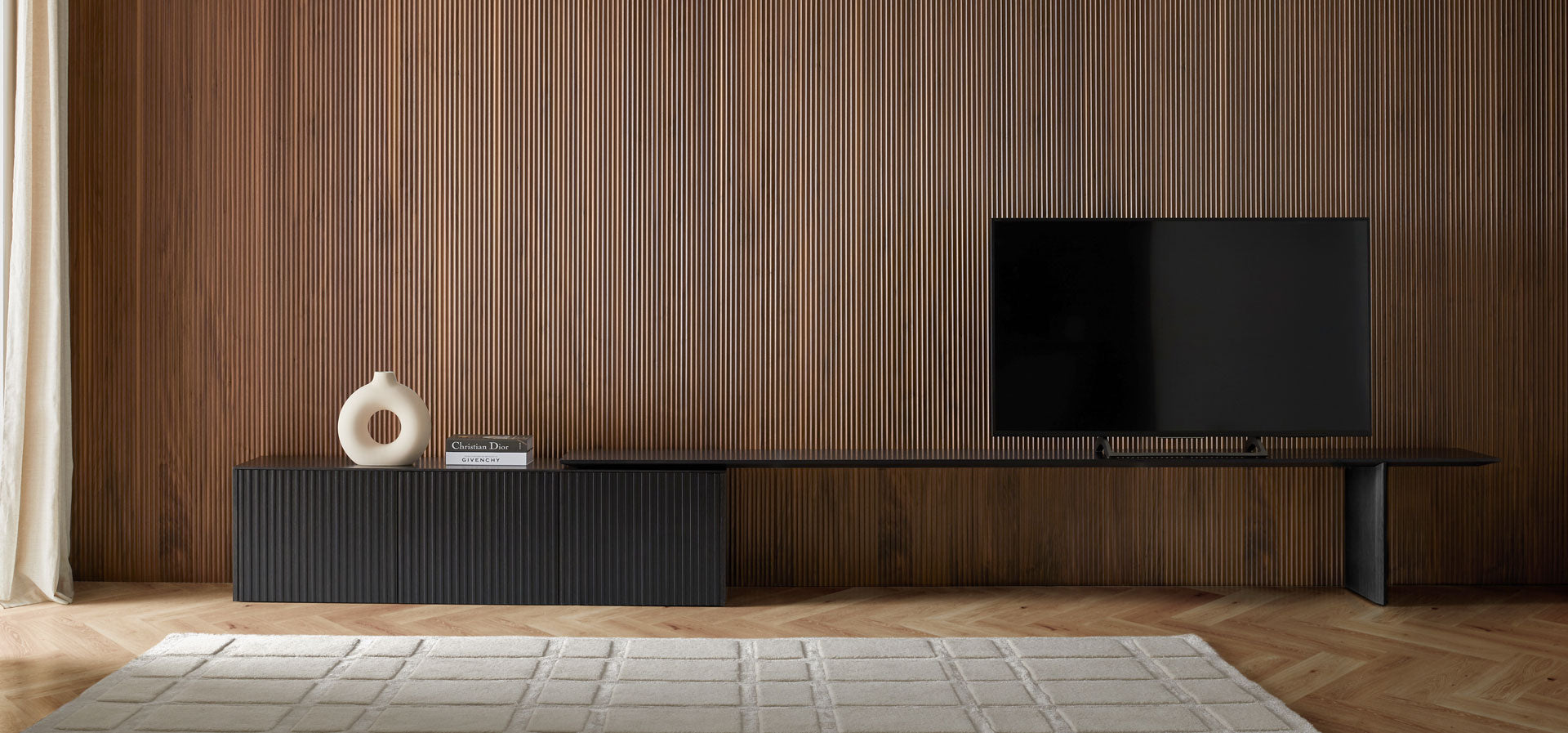


















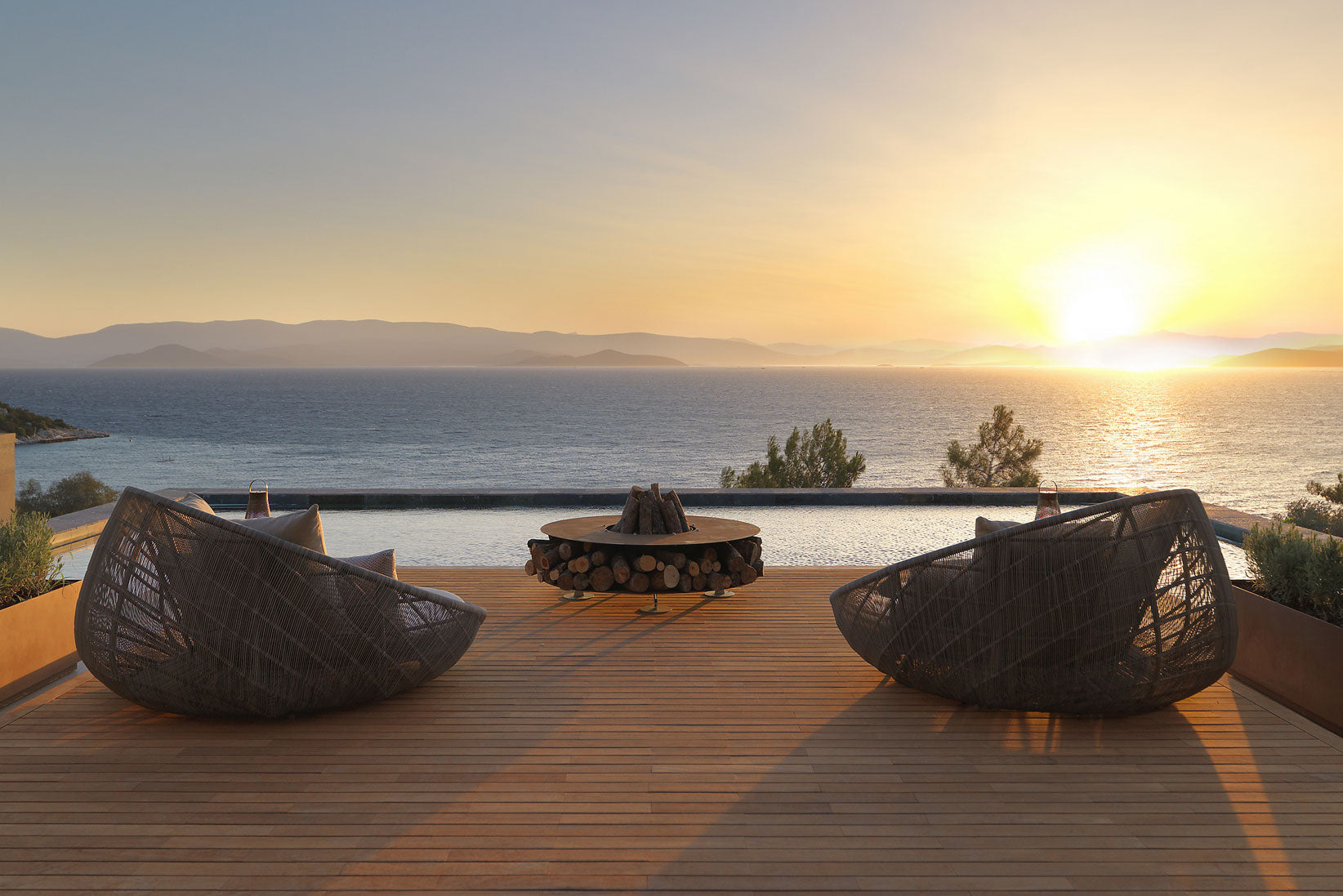

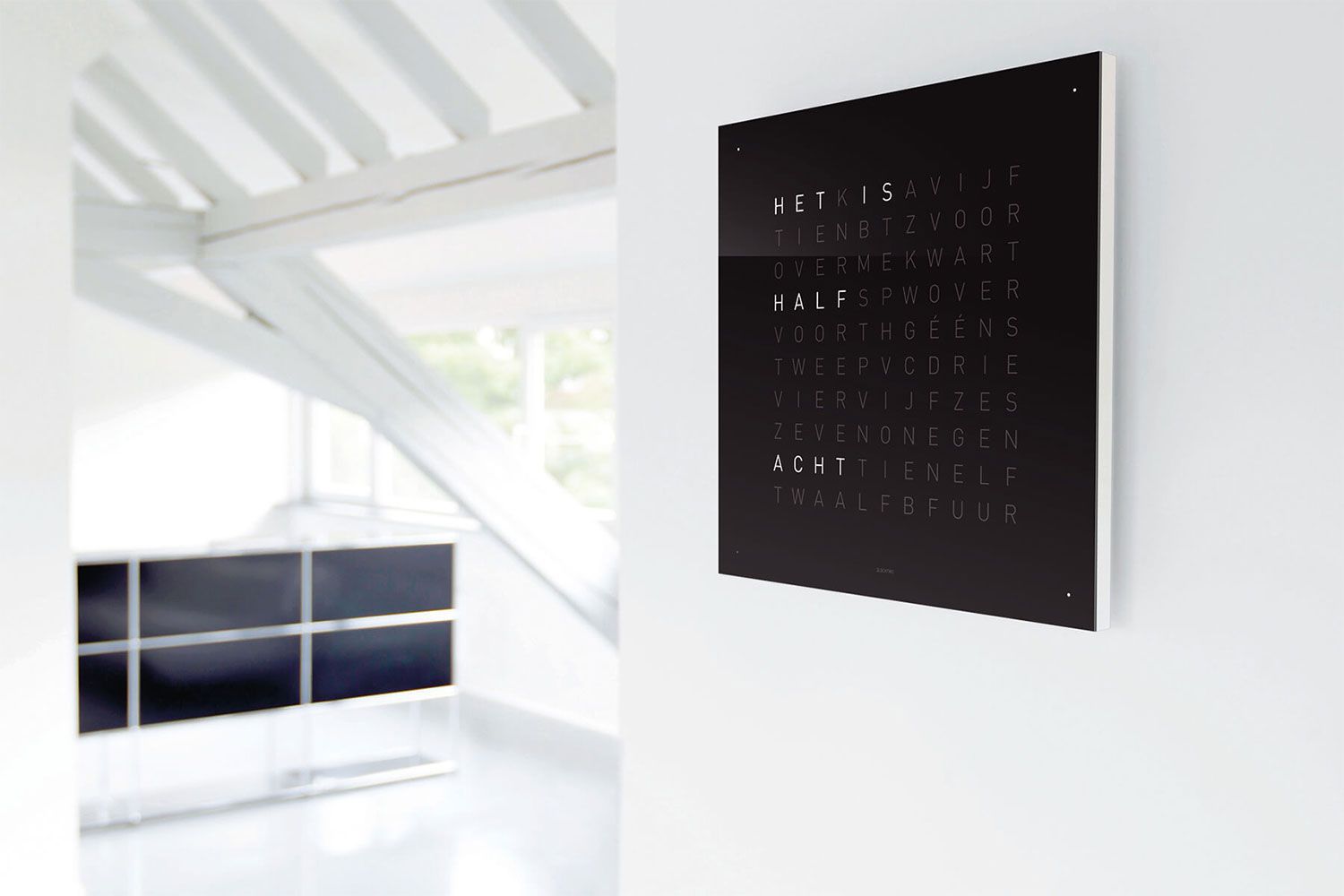


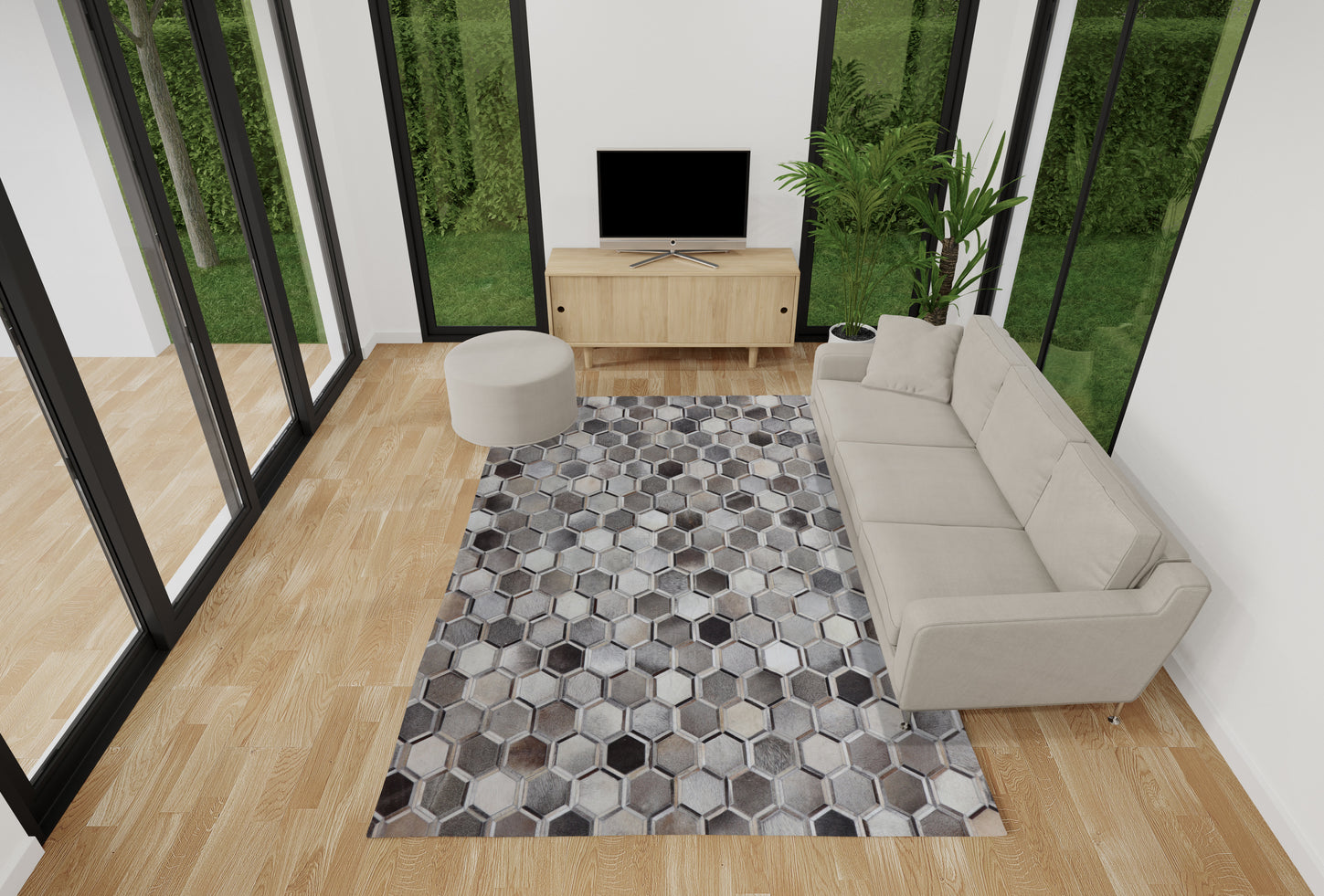






Leave a comment